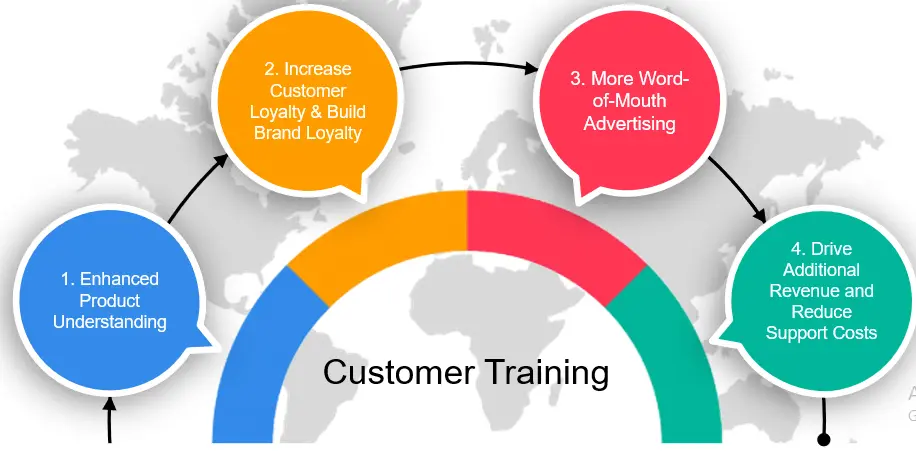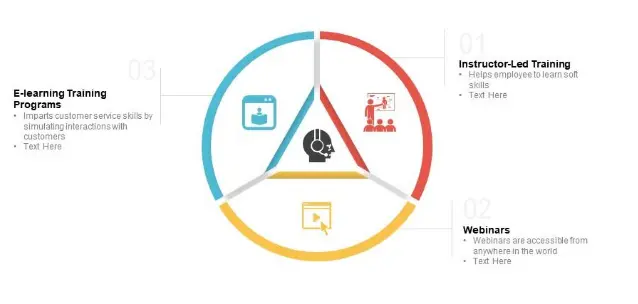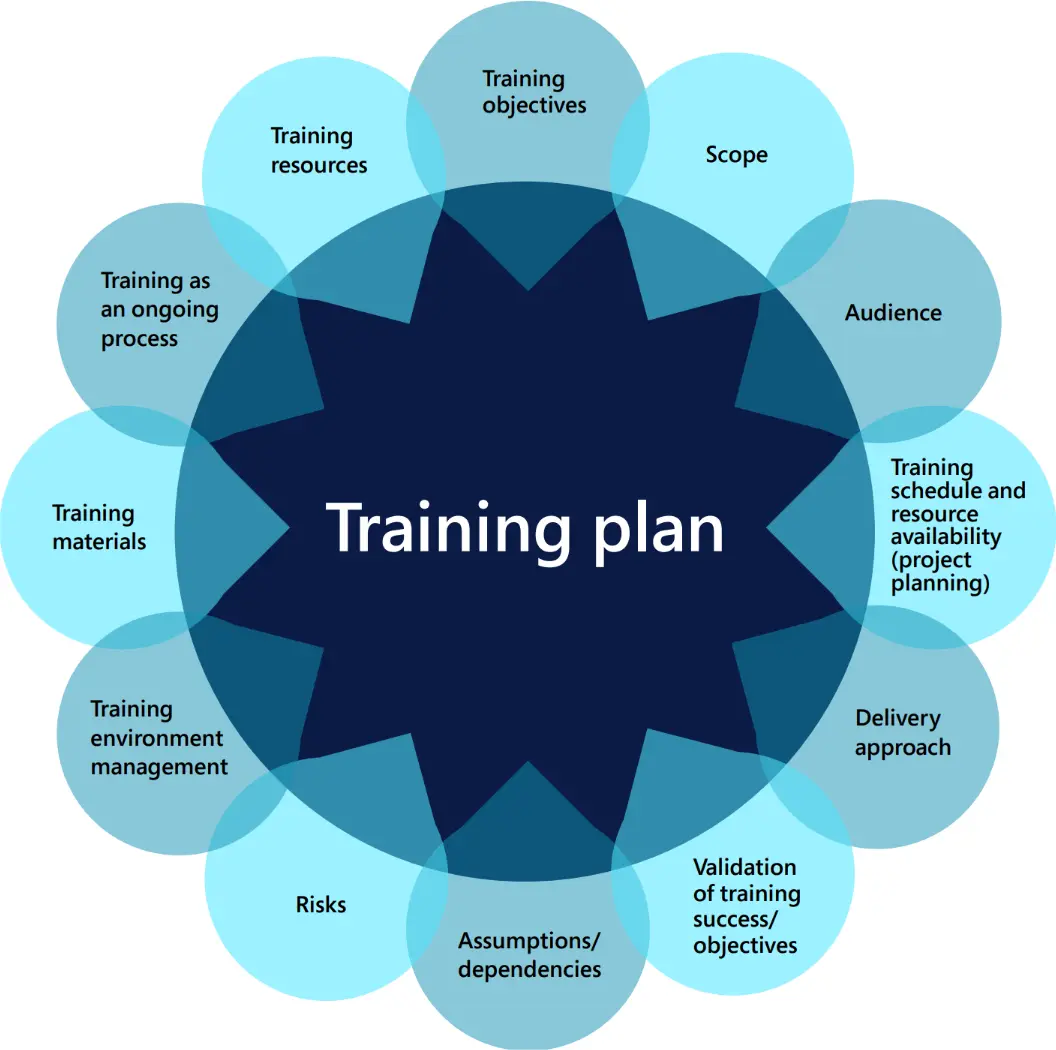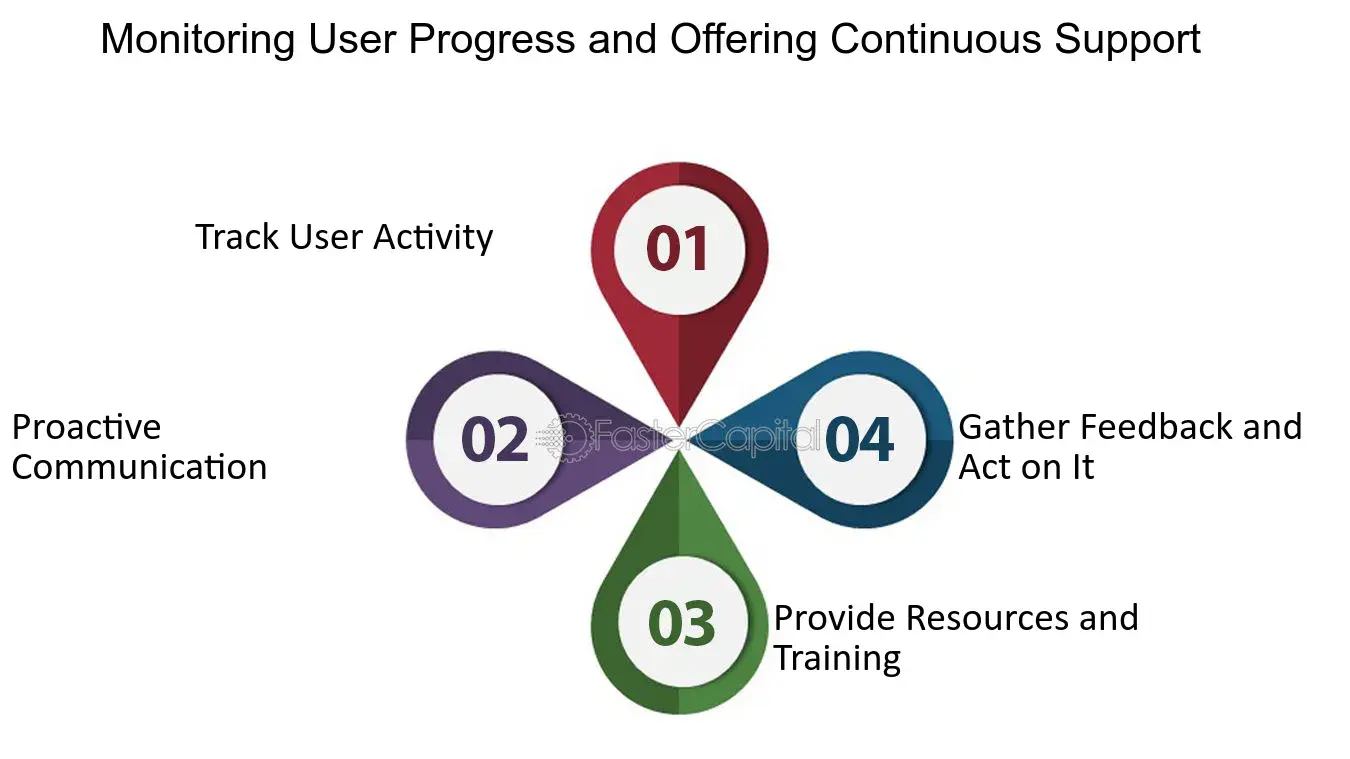Understanding Customer Training
Customer training is about educating your clients on how to use your products or services efficiently. It's not just about providing instructions but also empowering users to achieve their goals. Imagine a customer training software company providing interactive tutorials to help customers navigate new features. This proactive approach leads to fewer support calls and happier customers.
Setting Clear Customer Training Objectives
Setting clear training objectives is essential for the success of any customer training programs. Clear objectives help ensure that the training is effective and aligned with both customer needs and business goals.
Defining Goals and Outcomes
Defining goals and outcomes is the first step in setting clear customer training programs.
- Specific Goals: Identify what you want your customers to achieve. A software company might set a goal for users to complete a set of tasks independently within a week of training.
- Measurable Outcomes: Ensure that goals are measurable. For instance, track the number of users who can complete a tutorial without additional help. This helps assess the effectiveness of the training.
- Relevant Skills: Focus on skills that customers need most. A financial services company might train customers on using a budgeting tool, as this is crucial for their financial planning.
Aligning Customer Training Objectives with Business Goals
Next step is to align the customer training programs with business goals.
- Boost Product Usage: Training should encourage customers to use more features of your product. A CRM platform might offer advanced training to help sales teams utilize all features, boosting overall product usage.
- Reduce Support Costs: Align objectives to reduce support interactions. An e-commerce platform could focus training on common troubleshooting techniques, leading to fewer support calls.
- Increase Customer Loyalty: Training that helps customers achieve their goals increases loyalty. A fitness app providing tailored training ensures users see progress, increasing their commitment to the app.

Choosing the Right Training Methods
Choosing the right training methods is crucial for effective Customer Training. Different methods suit different learning styles and needs.
In-person Training
In-person customer training programs allow for direct interaction. It's ideal for hands-on learning and immediate feedback.
- A tech company offers live workshops to teach customers how to use their software.
- A fitness center provides face-to-face sessions to demonstrate exercise techniques.
- A retail store hosts in-store training for new product lines.
Online Training
Online customer training programs offers flexibility and convenience. It's perfect for reaching a broad audience.
- A software firm conducts live online classes for global customers.
- An e-commerce platform provides video tutorials accessible anytime.
- A healthcare company offers virtual courses on product usage.
Blended Learning
Blended learning combines in-person and online methods. It ensures comprehensive learning experiences.
- A university uses both classroom sessions and online modules.
- A corporate training program integrates workshops with online resources.
- A beauty brand mixes in-store demos with e-learning courses.

Self-paced Modules
Self-paced modules allow learners to progress at their own speed. It's excellent for busy schedules.
- A language learning app offers courses that users can complete at their own pace.
- A financial service provides self-paced training on investment strategies.
- A culinary school offers video lessons for students to follow independently.
Webinars and Video Tutorials
Webinars and video tutorials are engaging and easily accessible. They work well for visual and auditory learners.
- A marketing firm hosts webinars on digital marketing strategies.
- An electronics brand creates video tutorials for product setup.
- A nonprofit offers webinar series on community engagement strategies.
Creating Effective Training Materials
Creating effective training materials is essential for successful Customer Training. Good materials help learners understand and retain information better.

Simplifying Complex Information
Simplify complex topics to make them more understandable.
- Break down technical jargon into everyday language.
- Use analogies that relate to common experiences.
- Create step-by-step guides for complicated processes.
Using Visuals and Multimedia
Visuals and multimedia enhance understanding and retention in customer training software.
- Infographics summarize key points visually.
- Videos demonstrate product usage and troubleshooting.
- Interactive elements like quizzes engage learners actively.
Providing Practical Examples
Practical examples show real-world applications of the content.
- Case studies illustrate how others successfully use the product.
- Scenarios describe typical customer challenges and solutions.
- Sample problems help learners practice what they've learned.
Ensuring Materials are Accessible
Make sure materials are accessible to all learners in the customer training software.
- Provide content in multiple formats, such as text, audio, and video.
- Use clear fonts and high-contrast colors for readability.
- Ensure compatibility with assistive technologies.
Suggested Reading: Customer Journey
Implementing the Training Program
Implementing a training program effectively is key to successful Customer Training software. Proper scheduling, engaging trainers, and continuous support ensure the training is impactful and long-lasting.
Scheduling and Logistics
Plan and organize the customer training software sessions efficiently.
- Schedule sessions at convenient times for your customers.
- Ensure all necessary materials and equipment are available.
- Coordinate locations or online platforms for smooth delivery.
Engaging Trainers or Facilitators
Select skilled trainers to deliver the customer training software effectively.
- Choose trainers with expertise in the subject matter.
- Hire facilitators who can engage and motivate participants.
- Provide trainers with ongoing support and resources.

Offering Continuous Support
Maintain support to reinforce learning after training sessions.
- Set up a help desk or support team for customer inquiries.
- Provide access to additional resources like FAQs and forums.
- Follow up with customers to address any ongoing challenges.
Frequently Asked Questions (FAQs)
How can I measure the effectiveness of customer training?
Evaluate training effectiveness through feedback surveys, performance metrics, customer satisfaction scores, and monitoring support request reductions.
What methods can be used for customer training?
Customer training methods include in-person sessions, online courses, blended learning, self-paced modules, webinars, and video tutorials.
How do I choose the right training method for my customers?
Consider customer preferences, product complexity, accessibility, and learning styles when selecting the appropriate training method.
Why is continuous support important after training?
Continuous support reinforces learning, addresses ongoing questions, and helps customers apply new skills effectively, ensuring long-term success.
How can I create engaging training materials?
Use simplified information, visuals, multimedia, practical examples, and ensure accessibility to make training materials engaging and effective.
